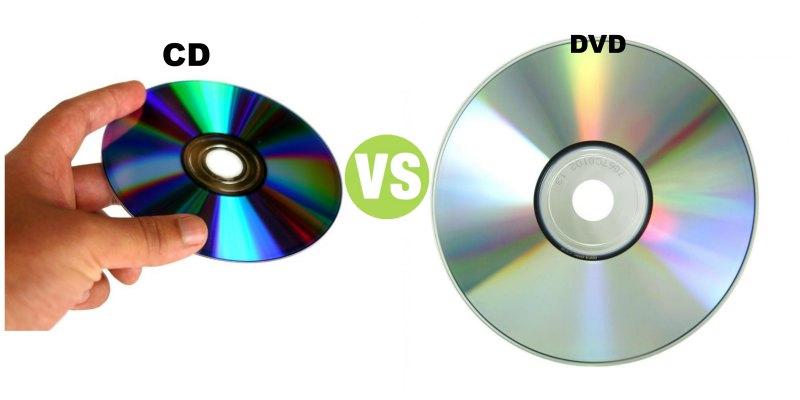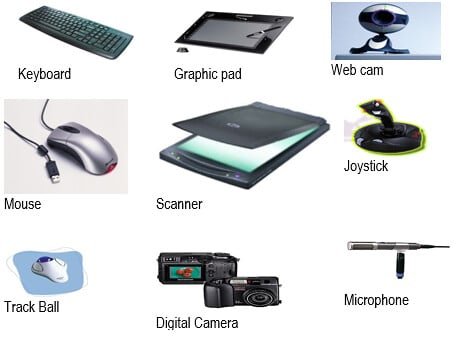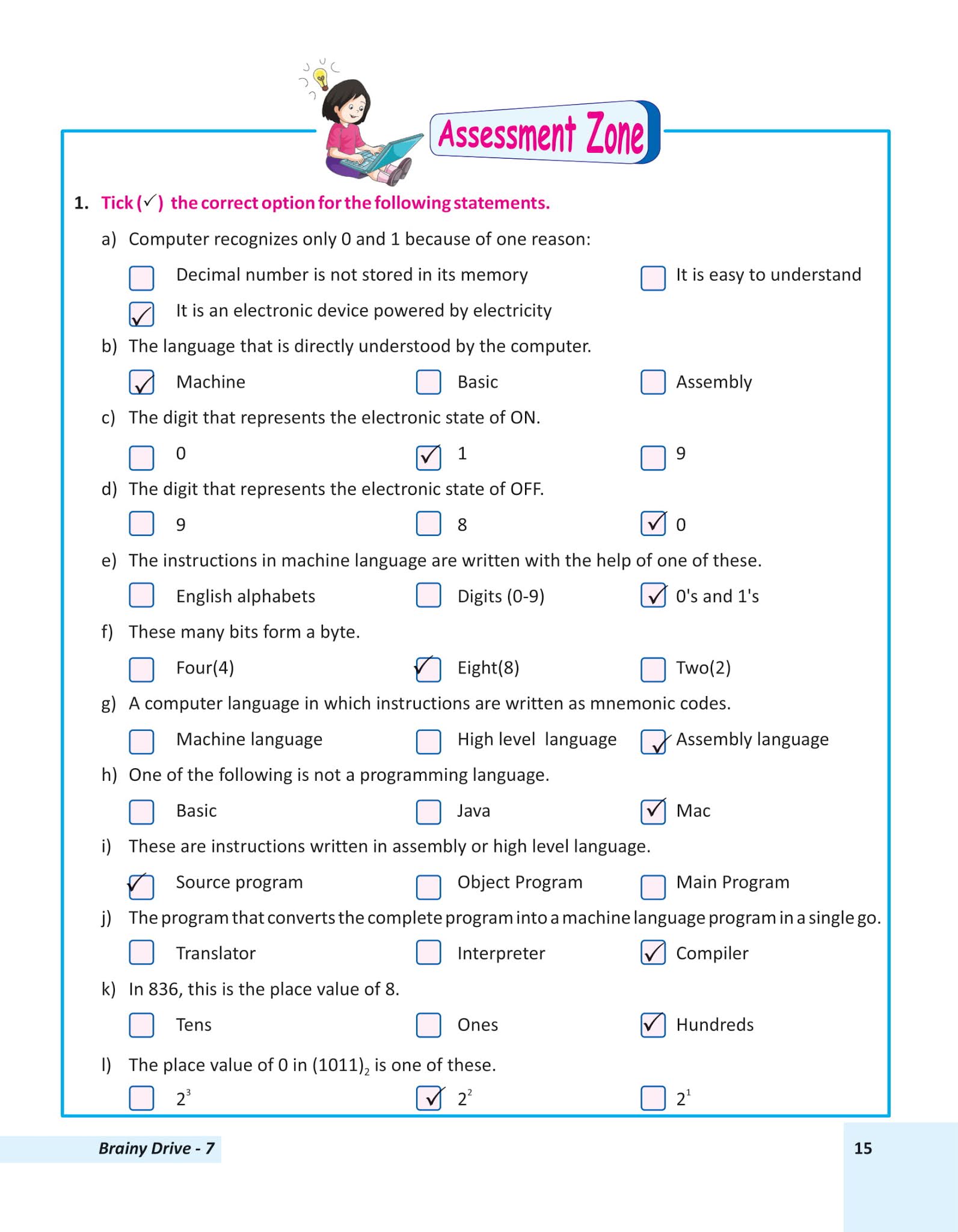CLASS IX- CH1- KNOWING THE COMPUTER SYSTEM
KNOWING THE COMPUTER SYSTEM
Answer the following questions:a) Define the term 'Computer'.
Computer is defined as an electronic device that accepts input, processes data, produces output in the required format and stores information.
b) Explain the characteristics of computer which makes it the most important and unavoidable device.
Computer has become a popular, the most important and unavoidable device in today's world because of its characteristic
like correct and dependable outputs, high speed, accuracy etc. Following are the characteristics of computer:
SPEED- Computer takes only a few seconds for
the calculations that we take hours to solve. It works in a fraction of second. The speed of computer is calculated in MIPS
(Millions instructions per Seconds). Its speed is measured in term of MHZ (Mega Hertz) and GMZ (Giga Hertz).
STORAGE- Computer has mass storage section where we can store large volume of date for future use. This data will be easily accessible when needed.
ACCURACY- The computers are accurate machines that can perform large number of tasks without errors, but if we feed wrong data to the computer it returns the wrong information accordingly called
GIGO (Garbage In Garbage Out).
DILIGENCE- The capacity of performing repetitive task efficiently without getting tired is called diligence capacity of the computer. Computer is free from tiredness, lack of concentration, fatigue unlike humans. It can work for hours without any errors.
VERSATILITY-,The capacity to perform completely different types of work efficiently is called versatility of computer. Computers cover mostly every area we can think of, nowadays.
RELIABILITY- Some of the main uses of computers is based around the idea that they are reliable. Huge databases that are very difficult to control by people can be dealt in a much more reliable manner by the computer.
AUTOMATIC- Computer is an automatic machine, which works without the intervention of the user. The user is required to give the data and utilize the result but the process is automatic.
c) What do you mean by Input devices? Give any four examples.
An input device is a peripheral or hardware device, generally external, that is connected or remotely connected to the computer or information appliance. Input devices are used to provide input that can be understood by the computer such as: raw data, information or command. To get input, computer needs an input device which is the most important part of the computer system.
EXAMPLES-
Typing devices (Keyboard)
Pointing devices (Mouse, Light pen, Touch Screen etc.)
Optical devices ( Scanner, Optical reader)
Audio devices (Microphone)
Video devices (Digital camera, Web camera)
 d) What do you mean by Output devices? Give any four examples.
d) What do you mean by Output devices? Give any four examples.The output device is also a peripheral and hardware device used to receive the result of the processed data that comes from its input. Output is any information that comes out after data is processed by the computer. An output device is capable of presenting processed information from the computer.
EXAMPLES-
Display output (Monitors)
Physical output (Printers, Plotters)
Audio output ( Speakers, Headphone)
 e) Name all the components of CPU with their respective functions.
e) Name all the components of CPU with their respective functions.Control Unit: The control unit sends and receives signals from all parts of the computer. This ensures that all processes take place at the right time and in the correct order.
Arithmetic and logic unit (ALU): The ALU is that part of the CPU which processes and manipulates data. It performs simple
calculations(+,‐,x,/) on the data that is temporarily stored in the registers. The ALU is also able to perform logical operations like comparisons on data.
Registers: A register is a storage location found on the CPU where data or control information is temporarily stored.
Internal memory: Internal memory called as cache is fast access temporary storage on the CPU.
Buses : Buses allow data to be transferred to different parts of the computer
f) Differentiate between ROM and RAM.
g) List the different primary memory units used in the computer.
ROM AND RAM
h) Differentiate between Primary memory and Secondary memory.
Primary memory is used by the computer to store data on the temporary basis so that it can process the data.
Secondary memory is the storage where a computer stores data permanently and it is non‐volatile in nature.
i) List the different secondary memory units used in the computer.
HARD DISK, FLOPPY DISK, CDs, DVDs, BLU-RAY DISK, PEN DRIVE, MEMORY CARDS
j) Some storage devices are volatile in nature. Name them and explain the term 'volatile'.
RAM is volatile which means the programs and data in RAM are lost when the computer is powered off.
 k) What is DVD and how does it differ from CD?
k) What is DVD and how does it differ from CD?Digital versatile disk(DVD) originally named Digital Video Disk is an optical disk storage. It can store 4.7 GB data. A CD can store only 700 MB of data.
DVD can store more data than CD.
Conversion of storage units
a) 1 GB = 1024 MB
b) 1024 KB = 1024 x 1024 = 1048576 Bytes
c) 2 GB = 2 x 1024 x 1024 = 2097152 KB
d) 1024 MB = 1 GB
e) 10 GB = 10 x 1024 = 10240 MB
f) 2048 KB = 2048 ÷ 1024 = 2 MB
g) 2 MB = 2 x 1024 = 2048 KB
h) 4096 MB = 4096 ÷ 1024 = 4 GB
i) 6 KB = 6 x 1024 Bytes = 6144 Bytes
j) 10 GB = 10 x 1024 = 10240 MB





.png)
Good .keep it up
ReplyDeletethanks
DeleteThank you sir
ReplyDeleteThank you sir for your help
ReplyDeleteThanks sir,version well done
ReplyDeleteVery well done,thanks sir
ReplyDeleteThanks sir a lot for these solutions
ReplyDeleteThanks sir for the solutions.
ReplyDelete